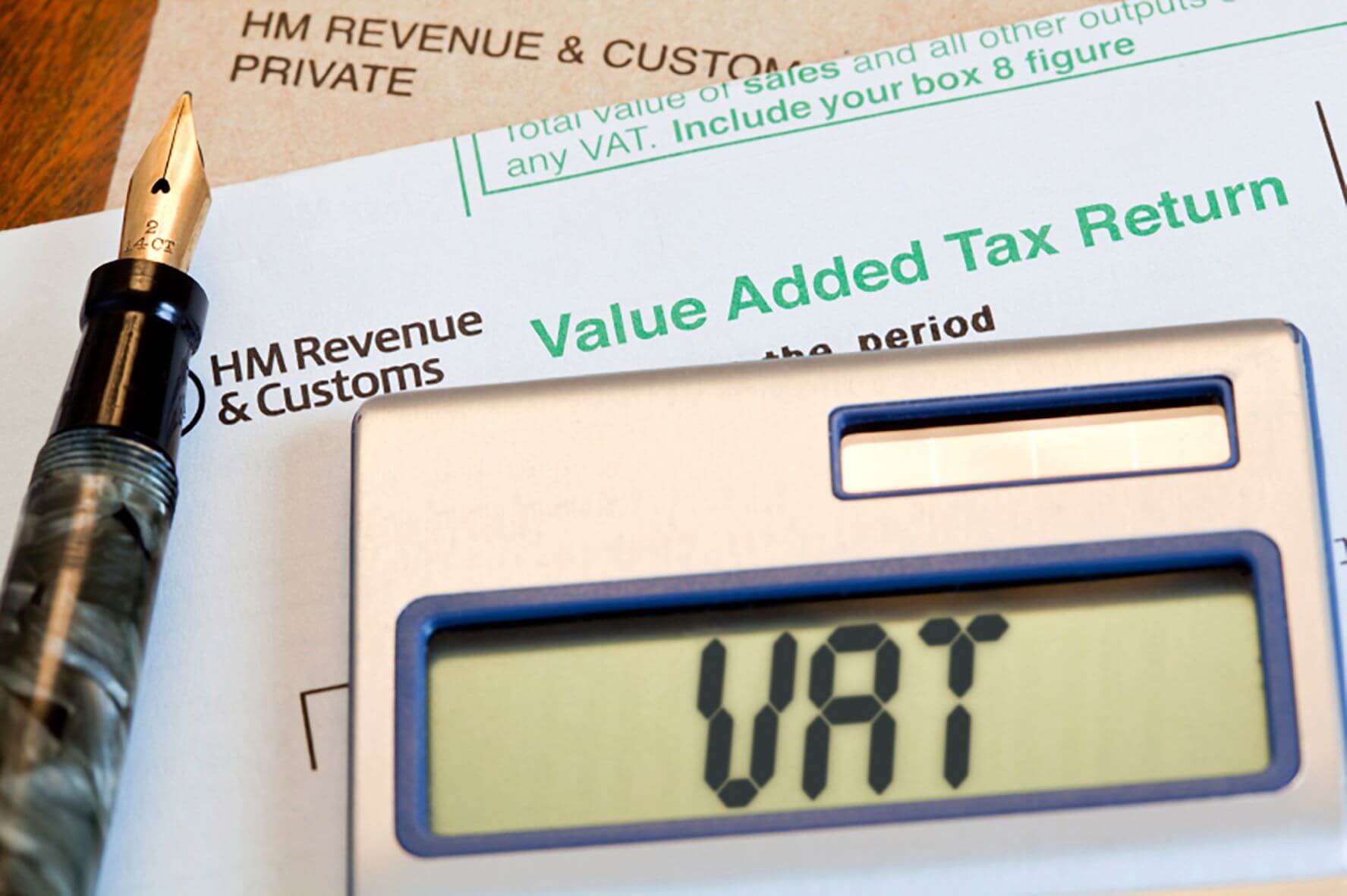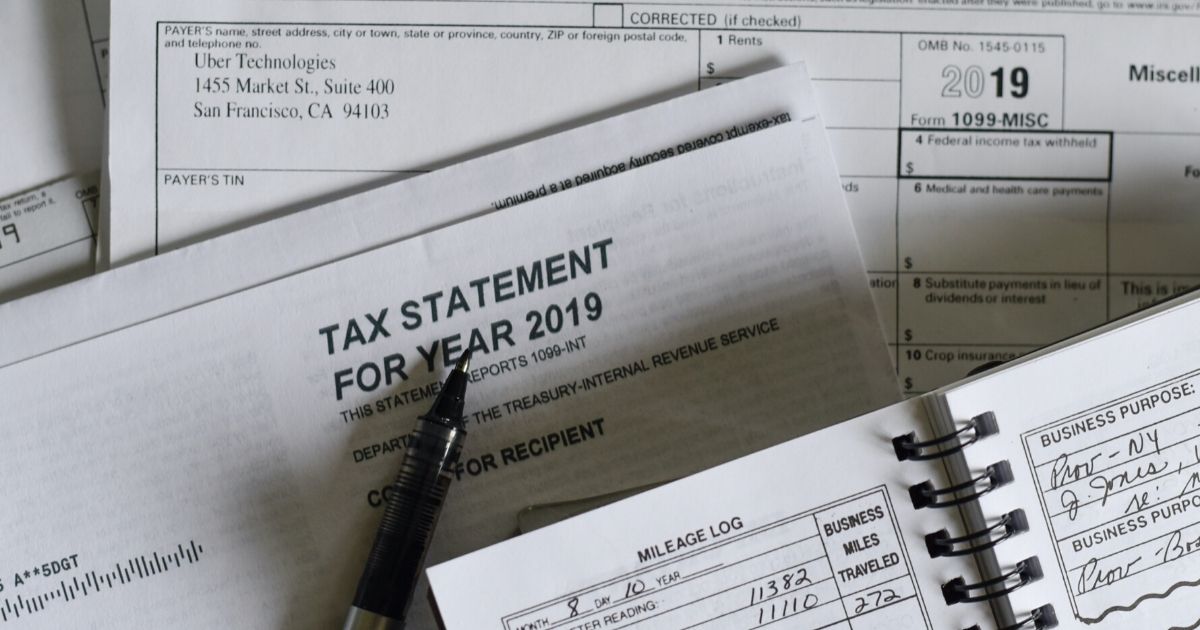Tax of any kind refers to the government's charging of products, services and transactions. It is one of the most important powers of each country's government. VAT is one of many forms of tax that is applied at different stages of the sale of goods and services. How do you calculate the VAT included and not included? The answer in the rest of the article.

What is VAT?
Value added tax (VAT), is a consumption tax imposed on goods at every stage of the manufacturing process from labour and raw materials to final sale, and the amount of VAT paid by the user is calculated based on the cost of the product, minus any expenses for materials used in the product that has already been taxed.
VAT is collected on taxable transactions by raw material suppliers, manufacturers, distributors and retailers. These suppliers, manufacturers, distributors, retailers and end consumers pay VAT on their purchases, as do suppliers, manufacturers, distributors, retailers and end consumers.
While VAT is levied on the sale of products and services and paid to the government by producers, the actual tax is levied on customers or end users who purchase these goods and services, as a result, it is an indirect tax paid by customers to the government through manufacturers of products and services.
Importance of VAT
VAT is an important source of government revenue. This revenue contributes to financing public services such as education, health care and infrastructure. This type of tax stimulates consumers to spend cautiously. They must pay a tax on every purchase they make. This contributes to economic activity by increasing demand for goods and services.
VAT Mechanism
Each company along the production chain must pay VAT on the value of the commodity/service produced at that stage with the possibility of deducting pre-paid VAT for that commodity/service at each step, However, the end consumer pays VAT without being able to deduct VAT paid in advance, Making it a tax on final consumption as we have indicated, the credit system incorporated into VAT ensures that VAT can only be levied on final consumption.
What is VAT calculation?
Calculating VAT is the amount of tax that sellers collect at every stage of the supply chain as they produce a commodity or service, and suppliers, manufacturers, distributors and retailers often collect VAT on taxable sales while suppliers, manufacturers, distributors, retailers and end consumers pay VAT on their purchases.
Companies can track and document the VAT they pay on purchases to receive a balance in their tax return, while the government receives tax revenues throughout the entire supply chain, not just at the end-consumer point of sale.
How to calculate VAT included and not included
Both the term "VAT included and not included" refers to how taxes are apportioned on the price of a product or service and highlights the difference between them in how each formula is calculated, as follows:
VAT included
VAT included is common with retailers who provide their products or services to consumers directly, where the price a customer sees is the final price they will pay. This means that the tax is already included in the price offered, and therefore the value of the product or service is usually included in the value of the tax.
Meaning:
- Tax = Product Price Included Tax - Original Product Price without Tax
VAT not included
The principle of VAT not included depends on the addition of the tax to the original price of the product or service and thus the final price is higher than the offered price. When calculating the tax not included, the various factors applied to the goods and services must be taken into account, and this tax must be calculated accurately, as it is part of the company's net profits (Here we refer to companies operating in the manufacturing and production sector, which deal with products at stages leading up to the end consumer with two or three cycles)
In order to determine the amount of tax not included, the required percentage of the total price, a predetermined ratio applied to the total price of the products and services sold, must be determined.
Meaning:
- Tax = Tax Ratio * Product Cost
- Product Inclusive Tax = Base Product Price + Tax
Conclusion:
VAT aims to tax expenditure rather than income or profits, and is based on the value added of goods and services at each stage of production, which represents the difference between the sale price and the cost of inputs from the previous stages. This mechanism ensures that VAT is applied only to the final value of the consumed product or service and not to intermediate transactions between companies.
other topics:
reference:
1. << Everything new businesses need to know about VAT >>, specialityfoodmagazine.
2. << What are the major impacts of VAT>>, khaleejtimes.

Add New Comment